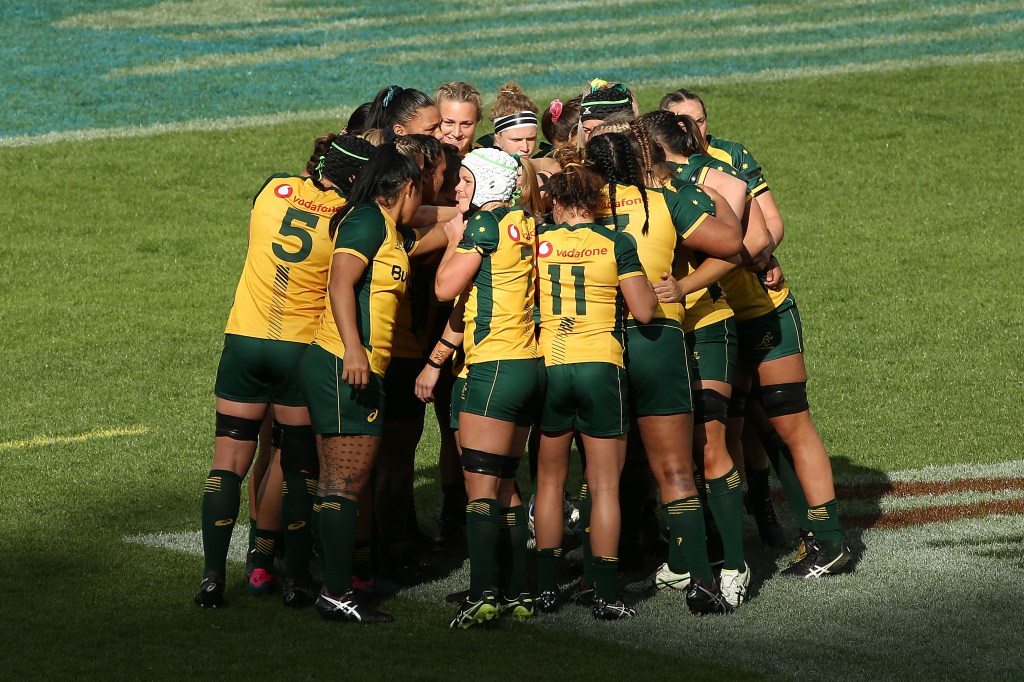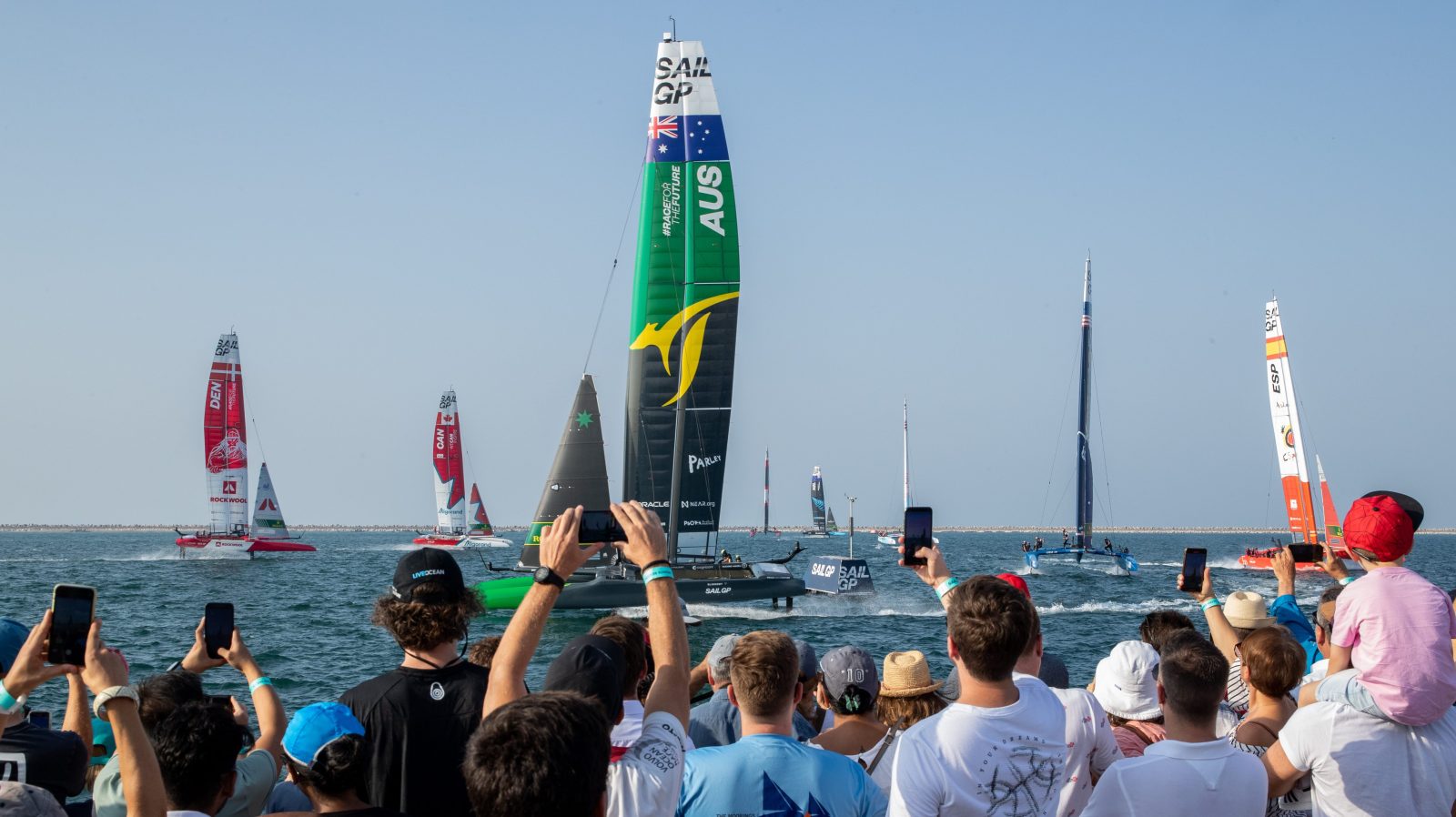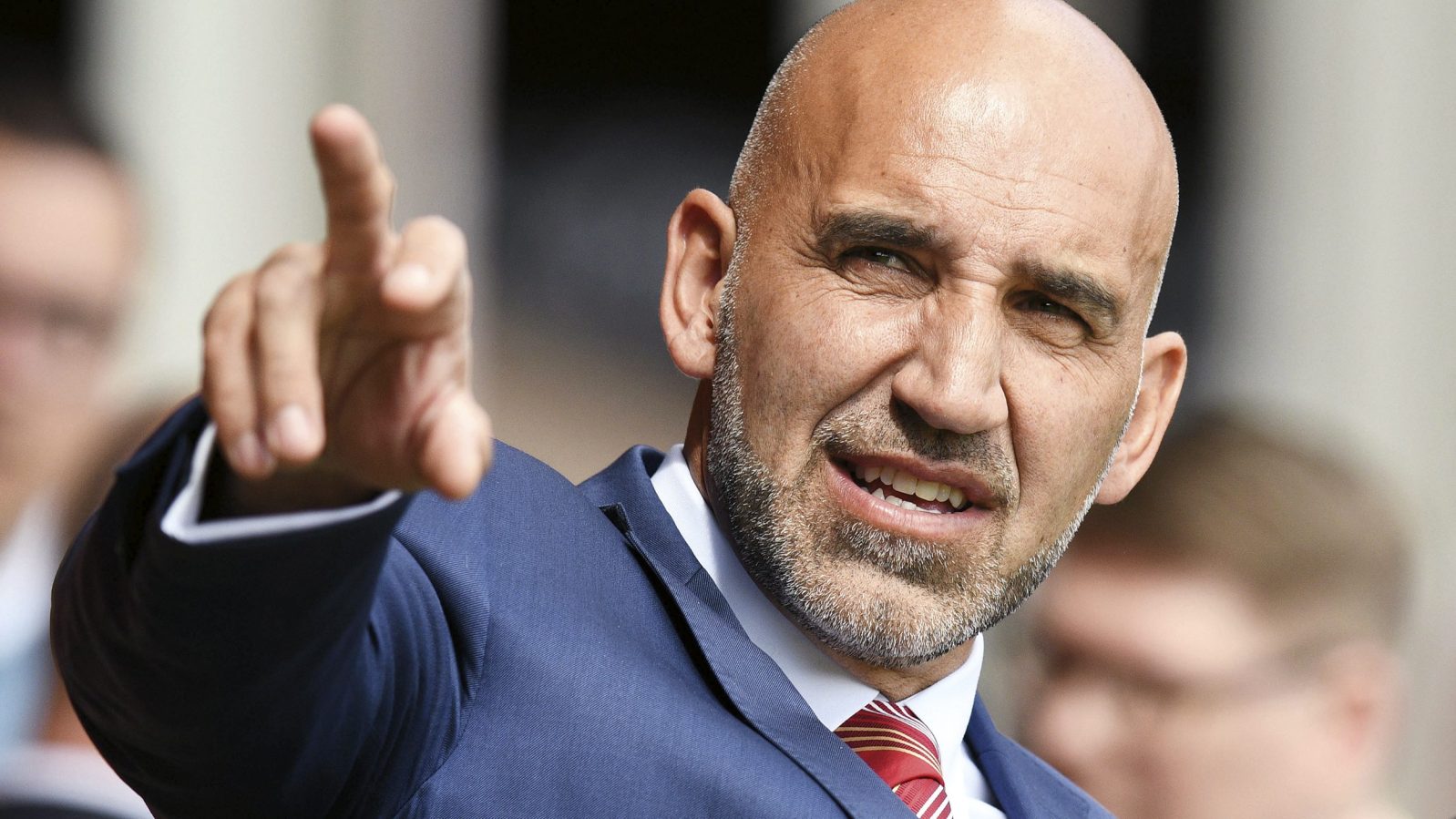Women in Australia earn 87 cents per $1 paid to a man, according to ABS data. The new gender pay gap figure comes in the same week that the Australian women’s rugby team is meeting with Rugby Australia CEO Phil Waugh. The Wallaroos are pushing for investment in the sport for future generations.

On average, women in Australia earn 87 cents for each dollar paid into a man’s pocket. That’s according to research released by the Australian Bureau of Statistics this week. The 13 cent differential is an improvement from 2022 – and the lowest gender pay gap on record in Australia. But it still represents a marked difference in what women earn in comparison to men.
It is an issue illuminated this month by the Matildas’ call for womens sport to be adequately funded. The plea from players came amid a huge bump to the Australian economy from the Womens World Cup.
Now, the Wallaroos – Australia’s womens rugby team – want Rugby Australia to step up. The national team players are meeting with Rugby Australia CEO Phil Waugh this week to discuss additional funding for their sport.
“We will put forward a number of key priorities and initiatives to improve the overall standing of the women’s game, and the much-needed investment into our national team,” says a statement from the Wallaroos players.
Earlier this week, players asked for adequate resources to be allocated to the team on their personal social media accounts.
The posts from the Wallaroos team members credit the Matildas with igniting change in the Australian sporting arena. The men’s and women’s national soccer teams pioneered an equity-driven sports business model in 2019, through a historic collective bargaining agreement. “The Australian sporting landscape is changing for the better, and we are proud to be a part of this movement,” say the Wallaroos.
Structural change at Rugby Australia
Rugby Australia has announced a series of initiatives to structurally change the organisation. Increased investment in women’s rugby, ‘focusing on high performance and sustainable growth in player payments’ is mentioned specifically.
Strategic structural change is required to move the organisation forward, Rugby Australia says. It proposes a new centralised system for Super Rugby, Super W and national programs, that will change player contracts.
Specific details on how this will impact the Wallaroos have not been disclosed. Rugby Australia’s CEO acknowledges that a recalibration of the rugby business model is needed. “Together, we need to change our collective approach to ensure that rugby in Australia can prosper, on and off the field,” says Waugh.
Change is needed in many industries, says Mary Wooldridge, the CEO of the Workplace Gender Equality Agency (WGEA). Wooldridge is observing what is happening in professional sports, as well as in industries that employ everyday Australians.
“As we celebrate the incredible performance by the Matildas and the fact their semi-final was the most watched TV event in Australian history, we are also energised by the lowest ever national gender pay gap,” says Wooldridge, referring to the ABS data released this week.
More work needs to be done to bring the pay gap down further, according to Wooldridge. She is looking to employers to lead the charge to improve pay parity between men and women.
“This momentum is a springboard for renewed action for employers to prioritise gender equality and ensure that we continue to work towards closing the gender pay gap,” says Wooldridge.
The WGEA organisation that she heads, is a federal agency borne out of 2012’s Workplace Gender Equality Act. That legislation requires Australian organisations with 100+ employees to report annually on gender composition and equal pay for equivalent work.
New regulations make gender pay gap data public
An amendment to the 2012 Act was passed earlier this year, requiring company pay gap data to be made public.
The new regulations apply to both private and public sector organisations, impacting around 40 percent of workforces in Australia. The 2023 legislation mandates that gender pay gap data become public early in 2024. At that time, employees of companies with 100+ staff will be able to access aggregated gender pay gap data about the organisation they work for.
Wooldridge believes this transparency will have a hugely positive effect on narrowing the gender pay gap.
“Employees and prospective employees are placing high value on jobs that support gender equality,” says Wooldridge. “This is also an opportunity for employers who may have been slow to prioritise gender equality to get serious about change.”
The data that WGEA collates from companies enables it to calculate the gender pay gap differently than the ABS. WGEA analysis includes casual pay, part-time salary, overtime and bonuses in its calculations. Whereas the ABS looks primarily at full time pay.
When crunching the numbers, the WGEA says the ‘total renumeration gender pay gap’ is considerably higher than the ABS reports.
Almost 10 points higher, in fact. While the ABS states the gender pay gap is 13%, the WGEA says it is 22.8%. Meaning that for every $1 a man makes, a woman earns 77.2 cents.
Using this calculation, a woman can bring home $25,596 less than a man annually, says the WGEA. In an environment of 6% inflation and a 9.6% increase in employees cost of living, $25,000 can go a long way.
The industry with the lowest gender pay gap is Public Administration and Safety (3.7%) according to WGEA. Accommodation and Food Services (6.9%) is the second lowest. The highest pay gaps are in Construction (29%) and the Financial and Insurance Services (28.6%) industries.
Look back on the week that was with hand-picked articles from Australia and around the world. Sign up to the Forbes Australia newsletter here or become a member here.


